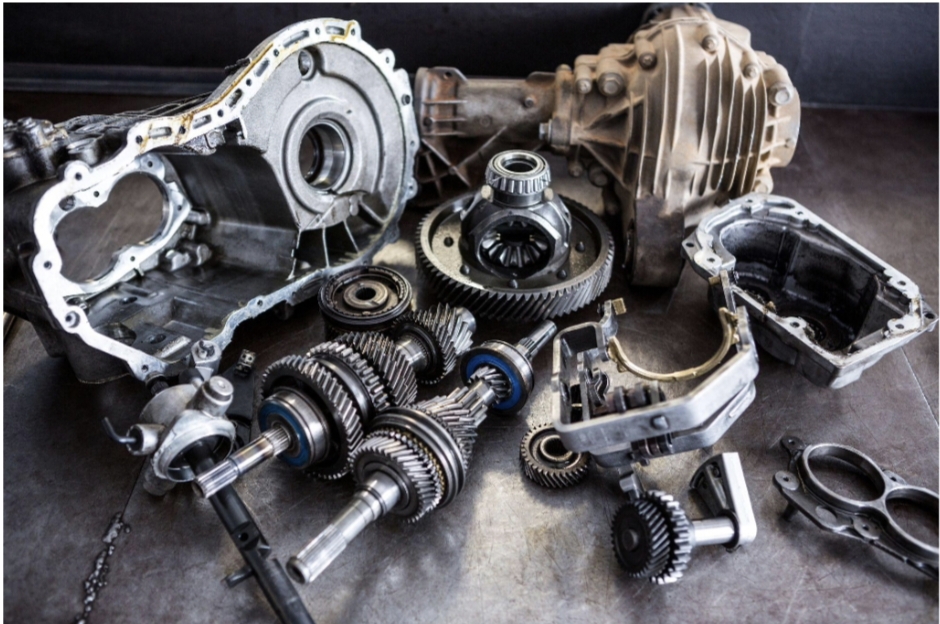The technological advancements in 3d scanning services in Australia are ushering in a new era of precision and efficiency across various sectors. Industries ranging from engineering and construction to healthcare and entertainment are leveraging these services to enhance their workflows and outputs. By capturing accurate digital representations of objects and environments, businesses are able to streamline processes, reduce costs, and improve quality.
Enhanced Precision and Accuracy
One of the primary benefits of 3D scanning services is the unparalleled level of precision and accuracy they offer. Traditional measurement methods often fall short when it comes to capturing the intricate details of complex objects. 3D scanning, however, can record precise data in seconds, ensuring that every measurement is exact. This high level of precision is particularly beneficial in industries that require rigorous quality control, such as aerospace and automotive manufacturing.
Applications in Manufacturing
In the manufacturing sector, 3D scanning has become an indispensable tool. It aids in quality inspection by providing accurate measurements of parts and components, which are crucial for maintaining consistency in production. Additionally, manufacturers use 3D scanning to reverse-engineer parts, create prototypes, and perform thorough analyses of product designs.
Impact on Construction and Architecture
The construction and architecture industries have also witnessed transformative changes due to 3D scanning. Architects and engineers can now produce highly detailed 3D models of existing buildings or construction sites, enabling them to plan and execute projects with greater efficiency. This technology assists in identifying potential issues before they become costly problems, keeping projects on schedule and within budget.
Advancements in Healthcare
3D scanning services have made significant strides in the healthcare industry as well. They are being used to create detailed anatomical models for pre-surgical planning, custom prosthetics, and dental applications. By utilising 3D scanning, healthcare professionals can offer more personalised and effective treatments, improving patient outcomes whilst optimizing resource use.
The Role in Cultural Preservation
Cultural institutions are incorporating 3D scanning technology to preserve and share historical artefacts and sites. By creating digital archives, museums and heritage organisations ensure that cultural treasures are maintained for future generations and accessible to a global audience. This approach also aids in restoration efforts, allowing precise recreations and repairs without risking damage to the original artefacts.
Entertainment and Media Innovations
The entertainment and media industries are capitalising on 3D scanning to create immersive experiences. From movies and video games to virtual reality applications, this technology provides the foundation for realistic and engaging digital content. By scanning real-world objects and environments, creators can produce visually stunning and detail-rich media content that captivates audiences.
Efficiency in Surveying and Mapping
Surveying and mapping have been fundamentally altered by the advent of 3D scanning. Surveyors can now collect vast amounts of data quickly, producing highly detailed maps and models. This efficiency is invaluable for urban planning, environmental monitoring, and infrastructure development, where comprehensive data is a critical asset.
Environmental Conservation Efforts
In the realm of environmental conservation, 3D scanning plays a pivotal role in monitoring and analysing ecosystems. It allows researchers to accurately map terrains, track changes over time, and study the structural integrity of natural formations. This information is crucial for developing effective conservation strategies and mitigating the impact of climate change.
Logistics and Supply Chain Management
3D scanning is revolutionising logistics and supply chain management by improving inventory management and enhancing accuracy in shipping processes. By scanning containers and packages, businesses can optimise space usage, reduce shipping errors, and improve overall efficiency in their supply chains.
Challenges and Considerations
While 3D scanning offers numerous benefits, there are challenges that industries must navigate, such as the initial cost of equipment and the learning curve associated with its implementation. However, as the technology continues to evolve and become more accessible, these challenges are gradually diminishing.
The Future of 3D Scanning
The future of 3D scanning services looks promising, with continuous advancements leading to broader applications and wider adoption. As technology becomes more integrative and cost-effective, it is expected that more industries will harness its potential to innovate and optimise their operations, further solidifying its role across various sectors.
Conclusion
In conclusion, 3D scanning services in Australia are reshaping how industries operate, offering unprecedented levels of accuracy, efficiency, and adaptability. As more sectors realise the advantages of this technology, we can anticipate an era where 3D scanning becomes an integral part of industry solutions, driving progress and innovation in ways previously unimagined.





